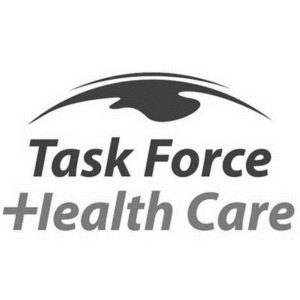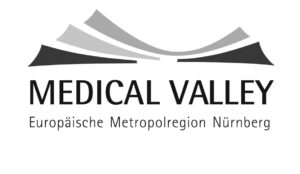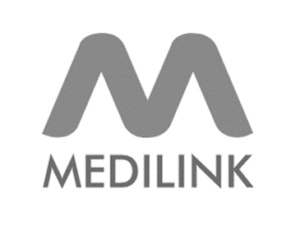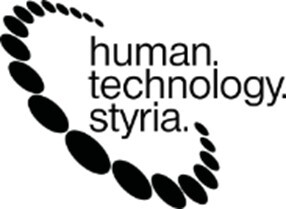Advances in patient care supply of medical deserts in Europe
Advances in patient care supply for medical deserts in Europe focus on overcoming challenges in healthcare worker shortage, accessibility, and technology. There are pilot studies and projects such as OASES targeting countries including Cyprus, Finland, France, Hungary, Italy, Moldova, and Romania to implement reforms combating medical desertification. Strategies include improving the availability of specialist doctors, retaining general practitioners in remote areas, attracting midwives and nurses to underserved regions, and reducing waiting times and travel distances for patients to access care.
Challenges of Medical Deserts in Europe
Medical deserts chiefly suffer from maldistribution of healthcare workforce (HWF), leading to negative health outcomes because patients must travel long distances or face unavailability of services. Recruitment and retention of healthcare workers in rural or poor regions is problematic. Many European countries use financial incentives combined with other measures to address this but such policies vary in efficacy.
Recent advances focus on integrating digital health technologies, telemedicine, and AI-based tools to improve remote access to care. Innovative approaches include:
Use of big data to target recruitment and resource allocation more efficiently.
Digital platforms facilitating remote consultations to bypass distance barriers.
Pilot and evidence-based reforms promoted by European research consortia to systematically address local needs and healthcare supply shortages.
Integration of advanced medical technologies in rural and underserved areas to sustain service levels.
These ongoing efforts and innovations collectively aim to reduce the impact of medical deserts by enabling better healthcare workforce distribution, improving patient access through digital means, and tailoring healthcare supply to underserved regions’ needs in Europe.
What innovative approaches are addressing medical deserts in Europe
Innovative approaches addressing medical deserts in Europe include a combination of digital health technologies, mobile healthcare units, tailored policy interventions, and collaborative public health projects.
Digital Health and Telemedicine
Remote consultations and telemedicine services are a key innovation to mitigate healthcare access issues in medical deserts. Digital platforms enable doctors in more populated areas to provide continuous care to patients in rural or underserved regions, overcoming geographic and workforce shortages. Telemedicine also integrates AI and big data to optimize healthcare delivery and resource allocation. One notable example is a motorized mobile healthcare unit equipped with telemedicine and point-of-care testing devices, offering specialist care directly in underserved rural areas in Hungary under public insurance coverage.
Participatory and Tailored Policy Frameworks
Projects like AHEAD and OASES have developed participatory approaches involving affected communities, policymakers, and healthcare professionals to create policy solutions tailored to specific drivers of medical desertification such as aging populations, workforce shortages, travel distance barriers, and poverty. These frameworks propose combined strategies like financial incentives for healthcare workers, integration of social and informal care, digital health deployment, and health literacy programs. Country-tailored approaches ensure policies effectively address local needs and the heterogeneity of deserts across Europe.
Health Workforce Support and Redistribution
Innovations include programs to safely retain and attract healthcare professionals to underserved areas by improving working conditions, training, and career support. Combining workforce strategies with digital tools enhances the capacity to maintain healthcare supply in remote settings.
Research and Pilot Implementations
European research initiatives provide evidence and roadmaps for intervention, using data mapping and monitoring to identify critical medical desert areas, enabling precise targeting of innovation deployment. Pilot projects validate novel healthcare models combining mobile clinics, telehealth, and public insurance coordination, improving chronic disease screening and specialist consultation access remotely.
Together, these innovative approaches blend technology, policy innovation, and health workforce strategies to reduce healthcare inequities and expand patient care supply in Europe’s medical deserts.
How is AI being used to improve healthcare access in remote areas
Artificial Intelligence (AI) is significantly improving healthcare access in remote and underserved areas by enabling innovative solutions that bridge the geographic and resource gaps.
Key ways AI is being utilized include AI-powered telehealth platforms which enable remote consultations and continuous monitoring for patients, reducing the need for travel and ensuring timely care. These platforms use AI to triage patients based on symptom severity, prioritize urgent cases, and support virtual assessments. AI also enhances diagnostic accuracy by analyzing medical data such as imaging and electronic health records, enabling early disease detection and personalized treatment recommendations in areas lacking specialists.
Moreover, AI-driven predictive analytics help identify health risks and support proactive management of chronic diseases, reducing hospital visits. Wearable devices integrated with AI continuously monitor patients’ vital signs remotely, alerting both patients and healthcare providers about potential health deteriorations. AI virtual assistants provide scaled access to health information and preliminary symptom assessments, empowering patients and supporting healthcare literacy.
Programs integrating AI with telemedicine also offer remote training and decision support to local healthcare workers, augmenting their capabilities and improving care quality. This combination addresses shortages of healthcare professionals and limited facility access that characterize medical deserts.
Challenges remain, including limited internet infrastructure, data privacy, and integrating AI outputs in clinical workflows. However, ongoing projects in Europe and beyond show AI’s transformative potential to deliver high-quality, accessible healthcare to remote populations, improving outcomes and patient safety while conserving resources.
Sources and Links
https://www.wemos.org/en/providing-insights-to-counter-medical-deserts-in-europe/
https://www.ijhpm.com/article_4458.html
https://digital-strategy.ec.europa.eu/en/policies/artificial-intelligence-health
https://eurohealthobservatory.who.int/themes/health-system-functions/health-and-care-workforce
https://eusem.org/images/EUSEM_workshortage_brochure_compressed.pdf
https://academic.oup.com/eurpub/article/33/5/785/7221624
https://www.linkedin.com/pulse/10-ways-ai-transforming-rural-healthcare-joão-bocas-gjyge https://www.expresshealthcare.in/blogs/guest-blogs-healthcare/how-is-ai-improving-access-to-healthcare-in-remote-areas-with-a-high-success-rate/444276/
https://sciresjournals.com/ijlsra/sites/default/files/IJLSRA-2024-0061.pdf
https://www.sciencedirect.com/science/article/pii/S2949916X24001269
https://didida-health.eu/enhancing-rural-healthcare-with-artificial-intelligence/
https://www.weforum.org/stories/2025/08/ai-transforming-global-health
https://pmc.ncbi.nlm.nih.gov/articles/PMC11816903
https://www.wipfli.com/insights/articles/hc-tc-examples-of-artificial-intelligence-in-healthcare












